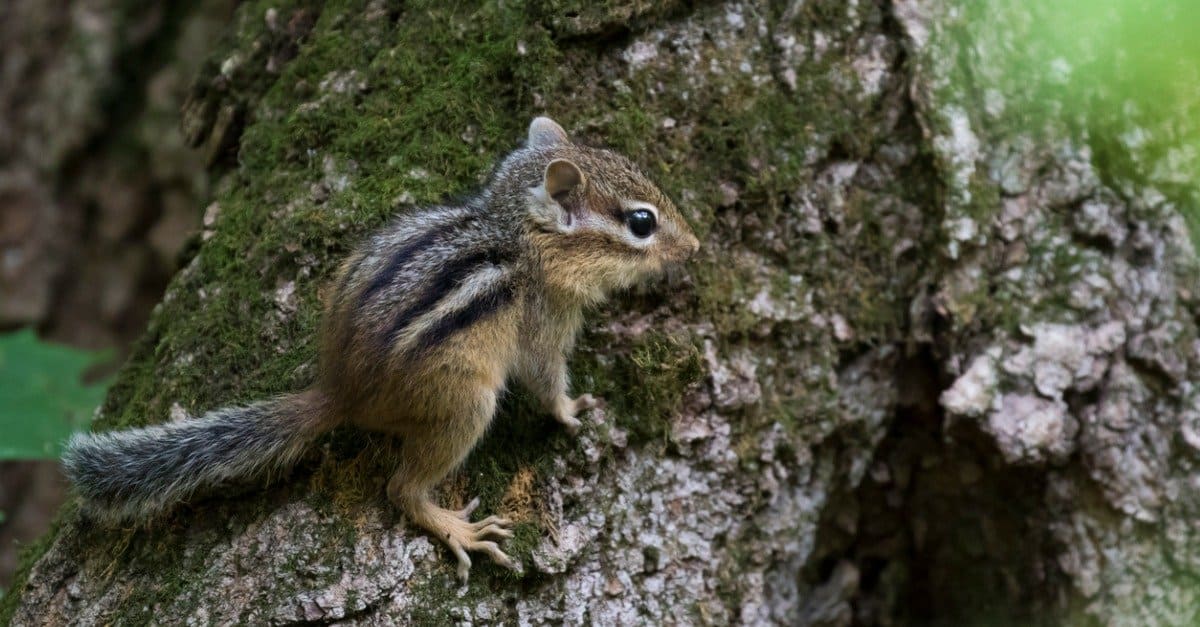

As a group they are an ecologically versatile genus. They scamper along the ground but are also expert climbers. Body length among most species ranges from 8 to 16 cm (3.1 to 6.3 inches) and tail length from 6 to 14 cm (2.4 to 5.5 inches).Ĭhipmunks are basically pygmy squirrels adapted to exploiting the resources of rocky terrain and forest understories. All are active only during the day, and all but one are North American, occurring from southern Canada to west-central Mexico. They have prominent eyes and ears, a furry tail, and delicate claws. See Siberian chipmunks gathering and stocking up pine seeds for the long winters See all videos for this articleĬhipmunk, (genus Tamias), any of 25 species of small, striped, terrestrial squirrels with large internal cheek pouches used for transporting food. SpaceNext50 Britannica presents SpaceNext50, From the race to the Moon to space stewardship, we explore a wide range of subjects that feed our curiosity about space!.Learn about the major environmental problems facing our planet and what can be done about them! Saving Earth Britannica Presents Earth’s To-Do List for the 21st Century.Britannica Beyond We’ve created a new place where questions are at the center of learning.100 Women Britannica celebrates the centennial of the Nineteenth Amendment, highlighting suffragists and history-making politicians.
#CHIPMUNK VS SQUIRREL HOW TO#

Demystified Videos In Demystified, Britannica has all the answers to your burning questions.This Time in History In these videos, find out what happened this month (or any month!) in history.#WTFact Videos In #WTFact Britannica shares some of the most bizarre facts we can find.Britannica Classics Check out these retro videos from Encyclopedia Britannica’s archives.


 0 kommentar(er)
0 kommentar(er)
